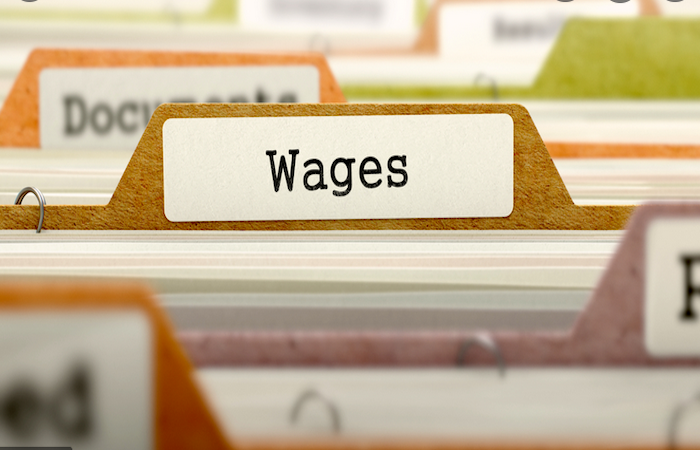
Real wage and pay growth is set to grind to a halt next year, a think-tank has warned, despite the uplift in minimum wage rates and an end to the public sector pay freeze promised in the Budget.
In 2022 average earnings are expected to grow by 3.9%, but are likely to be offset by inflation with the consumer prices index (CPI) expected to reach 4.4%, according to the Resolution Foundation’s analysis of Office for Budget Responsibility forecasts. In March, CPI was forecast to reach just 1.9%.
In the 16 years leading up to 2008 average earnings grew by 36%, but in the 16 years between 2008 and 2024, real wages are forecast to have risen by just 2.4% in total.
“The country is still in the weakest decade for pay growth since the 1930s,” the Resolution Foundation’s The Boris budget report found.
“This was a big Budget and, despite being delivered by Rishi Sunak, a Boris Budget: promising more spending and higher wages. It partially delivered on the former, but good public finance news could not hide a grim reality ahead for household finances.”
Torsten Bell, chief executive of the Resolution Foundation, said: “It is not the high wage economy envisaged by the Prime Minister last month, or even the lower tax economy that Rishi Sunak said was his goal yesterday. Instead the Chancellor has set out plans for a new high tax, big state economy.
“While tax revenues and NHS spending will be growing rapidly in this economy, growth in pay packets and family incomes looks far more anaemic – a huge challenge that the welcome rise in the national living wage (NMW) and boost to Universal Credit eased, but did not overcome.”
Low earners have generally fared better thanks to the national minimum wage (NMW) rising faster than average wages, the report stated. Between 1998 and 2018, real hourly wage growth has averaged above 1.5% for the bottom one-tenth of earners, compared with below 1% for those in the middle of the distribution.
Although Sunak announced new NMW and NLW rates, the think-tank believes that rising inflation will be “a headwind to families’ spending power”. Despite this, the Resolution Foundation’s current forecasts show the NLW is set to exceed the government target of reaching two-thirds of median earnings by 2024.
“The impact of the furlough scheme on wage data means it is hard to judge exactly where the NLW is on this path. [We find] that last year’s cautious uprating is likely to have left the minimum wage below its 2020-24 target trajectory, while this year’s higher uprating is likely to have pushed it above its target path,” the report added.
However, it says it is clear that the government’s desire for higher wages following the Covid-19 (Coronavirus) pandemic will not be forthcoming.
Although the public sector pay freeze was implemented last year in order to level out wage growth in the public and private sectors, pay growth patterns have reversed course, the report finds. Average private sector earnings increased by 2.4% in real terms in the year to August 2021, while average public sector earnings turned negative (-0.3%) over the same period.
“Ending the pay freeze was almost inevitable given the rising levels of inflation, and the retention and recruitment problems facing some public services in the tight labour market. Furthermore, public sector wages had only begun to get back to pre-financial crisis levels (in real terms) just before the onset of the pandemic,” it says.
“Importantly, though, the end of the pay freeze will not automatically result in pay rises across the public sector. It would cost at least £6 billion to raise all public sector workers’ wages by the same amount as inflation next year. Pay rises will be contingent on departmental budgets and, in many cases, determined by the recommendations of independent pay review bodies.”
The Spending Review document published by the Treasury stated that public sector pay rises will occur “over the next three years” and that public sector pay growth over that period “should retain broad parity with the private sector and continue to be affordable”.